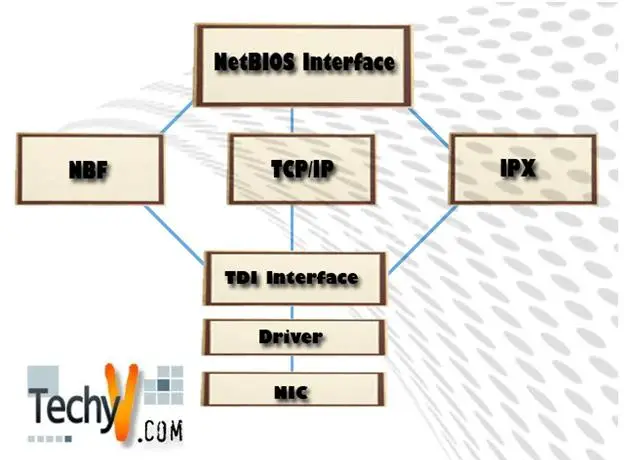Wireless internet cards and modems.
The world of information technology has improved to offer many solutions that are aimed at fulfilling the very diverse and wide user requirements. These different need s have stimulated the designing of new products. The very major issues in the world of computers right now are mobility and portability.
The need for mobility is driven by the fact that even though people may move from one place to another, they need to constantly have access computers and be able to work remotely. Due to this need there have been developments in a range of products that are tailored at making the aspect of remote working possible. The first thing was the introduction of portable computers (laptops and notebooks). The other thing that was required was an internet connection to be able to facilitate the access of resources from a remote location hence the need for wireless internet cards and modems.
Most laptops are currently being designed to have their own built-in wireless internet cards. These cards are used to access the internet through the provision of a wireless access point. Manufacturers have also produced these can so that they can be use by the normal desktop computers. To add to these are the modems that are being produced by different network providers in order to use the cell phone networks in order to deliver the internet connections to people with computers. These two inventions have really helped in making people have more access to the internet at any place hence promoting outsourcing and remote working.
The wireless internet cards and modems enable also for individuals to connect to wireless networks. As long as the user computer has a wireless internet card and they are close and within range of a wireless access point, then they can access the network and share resources and information with other authorized user that are also within the coverage range.
The greatest problem about these internet cards and the wireless networks is that they are very prone to many threats. These networks do not have good strengths and hence additional measures have had to be taken to ensure that they are safe to be used. Some of these measures are;
1. WEP
WEP stands for the regular Wired Equivalent Privacy. This is a protocol that was meant to make sure that the wireless networks were as secure as the wired networks. It meant to provide the same security to wireless network as in the wired networks.
2. Wi-Fi Protected Access (WPA v1)
Wi-Fi Protected Access is majorly a firmware/application upgrade of the Wired Equivalent Privacy. This was meant to provide the much needed security that was not available in WEP. WPA also includes encryption algorithms to enhance the security of wireless networks.
3. Other security mechanisms
There are many other security mechanisms that computer security experts have developed and implemented to ensure that the wireless networks are safe for use like the normal wired networks. Some of these security mechanisms include; Temporal Key Integrity Protocol (TKIP), Extensible Authentication Protocol (EAP), Lightweight Extensible Authentication Protocol (LEAP),Protected Extensible Authentication Protocol (PEAP) and WLAN Authentication and Privacy Infrastructure.
Conclusion
To be able to use the internet cards and modems much more effectively and securely, we should try and understand the major concepts that are involved in these devices.
















